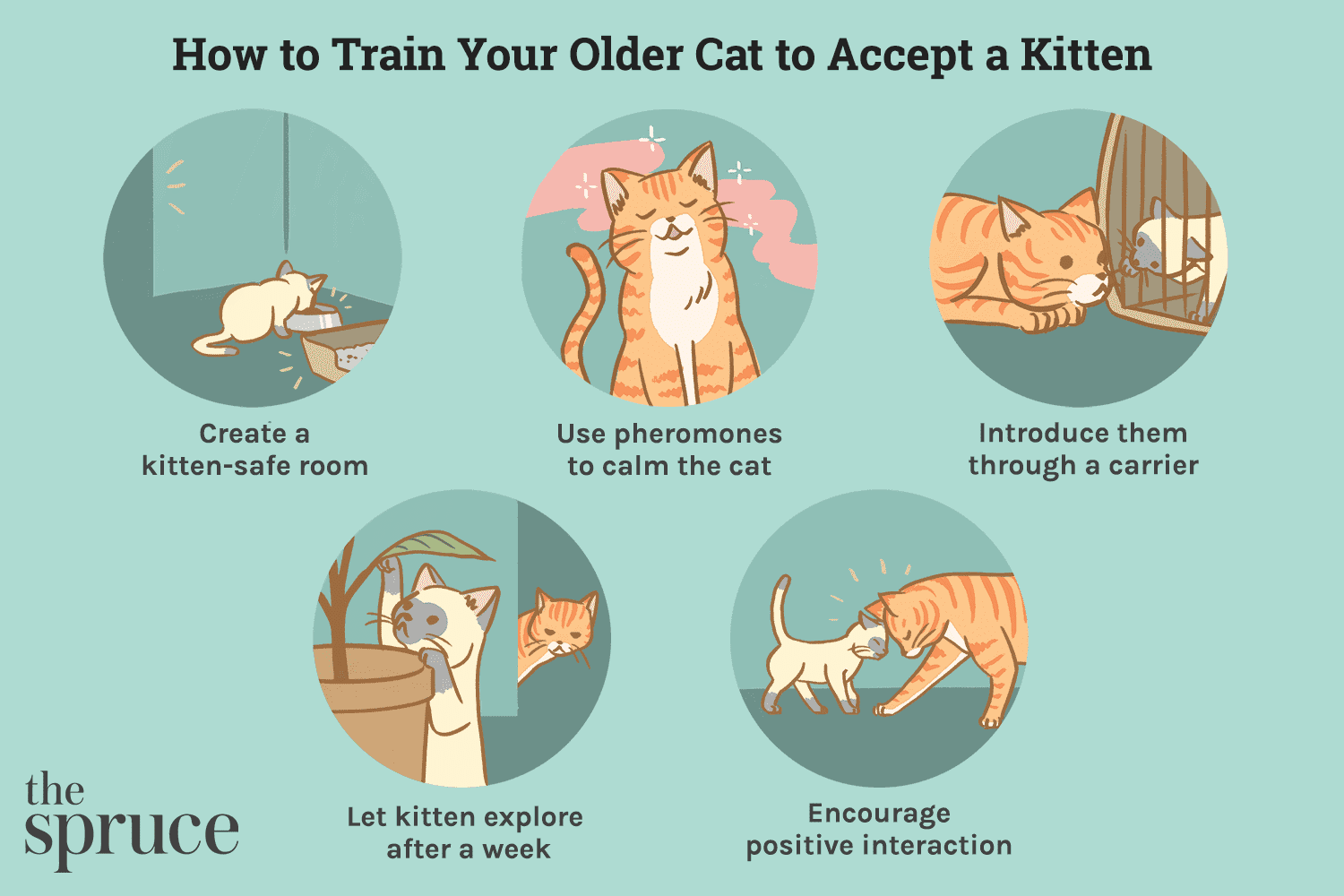Best Practices for Introducing New Hamsters
Introducing a new hamster into your home can be an exciting experience, but it requires careful planning to ensure that both your new and existing hamsters adjust well to each other. In this article, we will explore the best practices for introducing new hamsters, focusing on creating a peaceful transition environment, monitoring interactions, and gradually bringing them together.
Creating the Right Environment
Before introducing a new hamster, it’s crucial to establish a suitable environment. This means setting up a separate cage for the newcomer. This cage should be spacious, well-equipped with bedding, tunnels, and hiding spots. A suitable environment not only helps the new hamster feel secure but also prepares the territory for future interactions. Ensure both cages are in a quiet corner of your home where disturbances from loud noises or pets are minimal.
Consider introducing them in a neutral space—this territory should not belong to either hamster. Using a playpen or a small bathroom can be a great choice. The neutral setting helps to eliminate the chances of territorial disputes. Always monitor the interactions closely, as first impressions can be crucial. If everything goes well, gradually introduce items that smell like the other hamster to encourage familiarity.

Step-by-Step Setup for Their Environments
To ensure a smooth introduction, follow these practical steps in setting up their spaces:
- Choose the Right Cage: Opt for a hamster cage that provides enough room for both hamsters. It should have multiple levels and areas where they can hide or explore.
- Maintain Hygiene: Keep both cages clean to reduce stress factors. Provide fresh bedding and hideouts.
- Temperature Control: Ensure the environment is adequately heated but not overheated, as this can induce stress.
Taking these steps can lead to a smoother introduction as the hamsters begin to interact and find a comfortable arrangement together.
Providing Safe Space for Both Hamsters
It is vital to understand that hamsters are creatures of habit and they appreciate their personal space. When bringing a new hamster into the home, designate separate spaces for each. They should have their supplies, food, and water to avoid unnecessary competition. This setup reduces stress and aggression-related incidents, promoting better rapport between the two.

Monitoring Interactions
Once both hamsters seem settled in their individual spaces, the next phase is monitoring their interactions. This step is critical because it allows you to see how they respond to one another without risking harm. Introduce them to each other’s scent by swapping bedding between cages or gently allowing them to sniff each other through the bars of their cages.
Signs of Compatibility
Watch for signs of comfort indicated by relaxed body language, such as stretched-out posture, gentle grooming behaviors, or soft squeaks. These behaviors indicate positive engagement between the two hamsters and suggest they are becoming accustomed to each other’s presence.

Recognizing Red Flags
While some interactions will be positive, be on the lookout for signs of aggression or discomfort. If you notice excessive caging, growling, or attempted biting, separate the hamsters immediately. Introducing them too quickly can lead to severe problems; hence maintaining patience is essential. If necessary, repeat the introductions after a period of time to allow for their acclimatization.
Gradual Integration Techniques
Once your hamsters exhibit friendly behaviors and are comfortable interacting with each other, you can begin the gradual integration process. This step is about merging their worlds while still keeping their individual spaces intact. Plan the introductions for times when both are active, most often in the evening when hamsters are naturally inclined to explore.
Using a Transitional Space
Utilize a transitional space such as a large playpen where both hamsters can safely explore together. This area should be clutter-free, spacious, and offer various hiding spots—eg., tunnels or cardboard boxes. You can place their favorite treats in this area to create a positive association during their interactions.

Short, Supervised Sessions
Keep these sessions short initially—about 10 to 15 minutes—gradually increasing the duration as both hamsters become more comfortable together. Keep treating the hamsters sincerely, rewarding them for positive interactions. Having items like toys or treats will encourage playful behavior and further enhance a collective understanding. The whole process may take several days to weeks, so patience is crucial.
Key Takeaways
To ensure a successful introduction of new hamsters, remember the following key points:
- Establish separate spaces for each hamster initially.
- Monitor interactions closely for signs of compatibility.
- Utilize transitional spaces for gradual integration.
- Be patient and provide rewards for positive behavior.
With diligence and care, your hamsters will grow to coexist peacefully, enriching each other’s lives and yours.
FAQ
1. How long should I wait before introducing my new hamster to my existing one?
It’s recommended to wait at least a week after bringing your new hamster home. This period allows the new hamster to acclimatize and get comfortable in its separate environment. Once the new hamster shows confidence, you can slowly begin the introduction process.
2. What should I do if my hamsters fight during their first introduction?
If a fight breaks out during an introduction, it’s essential to separate them immediately to avoid injury. Revisit the initial introduction steps, reassess their environments, and try the introduction again after a few days, taking into consideration any aggression signs noted during the first attempt.
3. Can two male hamsters live together peacefully?
While it’s generally more challenging to house males together, some may coexist peacefully. However, being aware of the potential for territorial behavior is crucial. If considering male hamsters, socialization should be approached with extra caution and monitoring.
4. How can I create a neutral space for introductions?
A neutral space can be created in an area both hamsters are unfamiliar with. Consider the bathroom or a playpen setup. This area should not contain any items belonging to either hamster to minimize territorial behavior. Ensure it is spacious enough for them to explore freely.
5. What are the best housing conditions for hamsters when introducing them?
Hamsters thrive in spacious enclosures with plenty of enrichment. Each hamster’s cage should feature tunnels, nesting material, and secure areas. Providing hiding spots can help each hamster to feel secure during stress, ultimately promoting comfort and ease throughout the introduction process.
